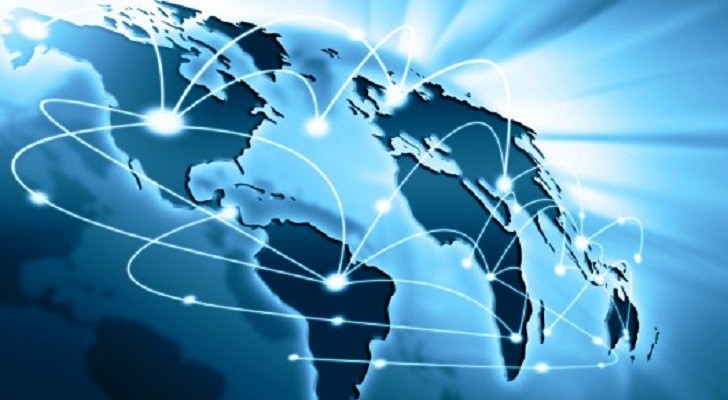Why Are Peering Exchanges in the U.S. Smaller Than the Rest of the World? 🤔🌍
 Ronald Bartels
Ronald Bartels
Ever wondered why the United States, the birthplace of the Internet, has relatively small and fragmented peering exchanges (IXPs) compared to Europe, Asia, and even Africa? One would think that the land of Silicon Valley and big tech would lead the way in massive neutral exchange points. But nope—things work differently across the pond. 🌉
The reason? A mix of history, corporate greed, and the American way of doing business. Let’s break it down. 💥
1️⃣ The U.S. Went Full Capitalist on the Internet 🏦💰
Unlike other regions where governments and academic institutions played a big role in setting up neutral Internet Exchanges, the U.S. commercialized its Internet very early.
Big providers (AT&T, Verizon, Lumen) built their own private backbone networks instead of relying on shared public exchanges.
Instead of free peering, American ISPs prefer paid peering or transit agreements. If there’s money to be made, why share traffic for free? 🤑
Meanwhile, in Europe and Asia, peering was built on cost-sharing, collaboration, and neutrality, allowing giant IXPs like DE-CIX (Germany) and AMS-IX (Netherlands) to thrive.
2️⃣ The “Tier 1 Monopoly” Effect 🏢🚧
The U.S. Internet backbone is controlled by a handful of Tier 1 ISPs, and these guys don’t like playing nice. ❌
In Europe, Tier 1 dominance is less pronounced, leading to more independent networks interconnecting at IXPs.
In the U.S., big providers want you to pay them for transit, discouraging open, neutral IXPs.
The result? Fragmented, smaller exchanges instead of large, thriving peering hubs.
3️⃣ Peering in the U.S. is a Business, Not a Community 📊💼
The U.S. ISP market is highly competitive and decentralized, making network interconnection a money-making business instead of a cooperative effort.
In Europe and Asia, IXPs are often non-profits that just charge members enough to keep things running smoothly.
In the U.S., the focus is on maximizing revenue, so paid peering and private interconnects dominate instead of public IXPs.
In short: If peering in Europe is a friendly braai where everyone brings their own chops, in the U.S., it’s a fancy steakhouse where you pay premium prices for the same meat. 🍖🔥
4️⃣ Geography Plays a Role Too 🗺️🚛
The U.S. is massive, making a single large IX impractical.
Europe is smaller and denser, making it cheaper and easier to connect at a few large exchanges.
The U.S. has a regionalized network, with traffic bouncing between different cities and smaller exchanges spread across the country.
This is why IXPs like SeattleIX, NYIIX, and DE-CIX New York exist but don’t reach the same size as their European counterparts.
5️⃣ CDNs & Big Tech Bypassed IXPs 🚀📡
Let’s not forget that a huge chunk of Internet traffic now comes from CDNs (Content Delivery Networks) like Google, Cloudflare, and Facebook.
Instead of relying on public peering, these giants set up private interconnections with ISPs.
This further reduces the need for large, public peering exchanges in the U.S.
Essentially, the Internet “superhighway” in the U.S. has too many toll booths and too many VIP lanes, leaving public IXPs as an afterthought.
The Future: Will the U.S. Catch Up? 🔮📈
While the U.S. has historically been slow to embrace large neutral IXPs, things are changing:
More networks are realizing that peering saves money 💸.
IXPs like DE-CIX New York and SeattleIX are growing steadily 📈.
The push for lower transit costs is making public peering more attractive.
But will the U.S. ever have a DE-CIX-sized exchange? Probably not. The business-first mindset of American ISPs means that private deals will always dominate over large-scale public peering.
Meanwhile, the rest of the world will keep growing massive, cost-effective IXPs, proving that sometimes, cooperation beats competition. 🌍⚡
💡 What do you think? Should the U.S. rethink its approach to peering, or is its fragmented model working just fine? Drop your thoughts below! 👇💬
More reading:
Subscribe to my newsletter
Read articles from Ronald Bartels directly inside your inbox. Subscribe to the newsletter, and don't miss out.
Written by

Ronald Bartels
Ronald Bartels
Driving SD-WAN Adoption in South Africa